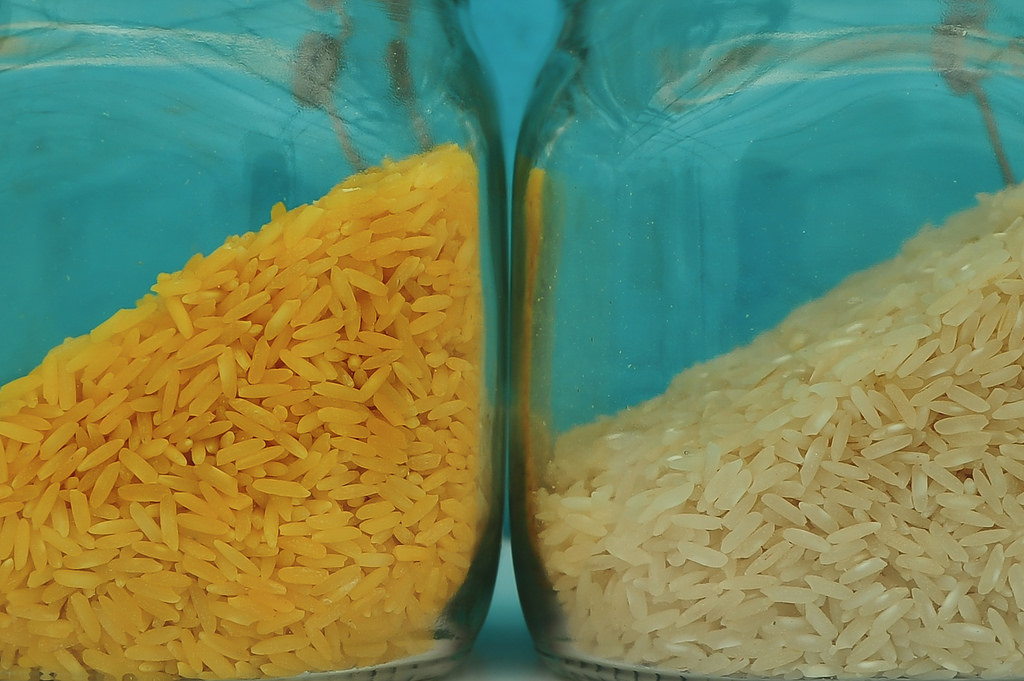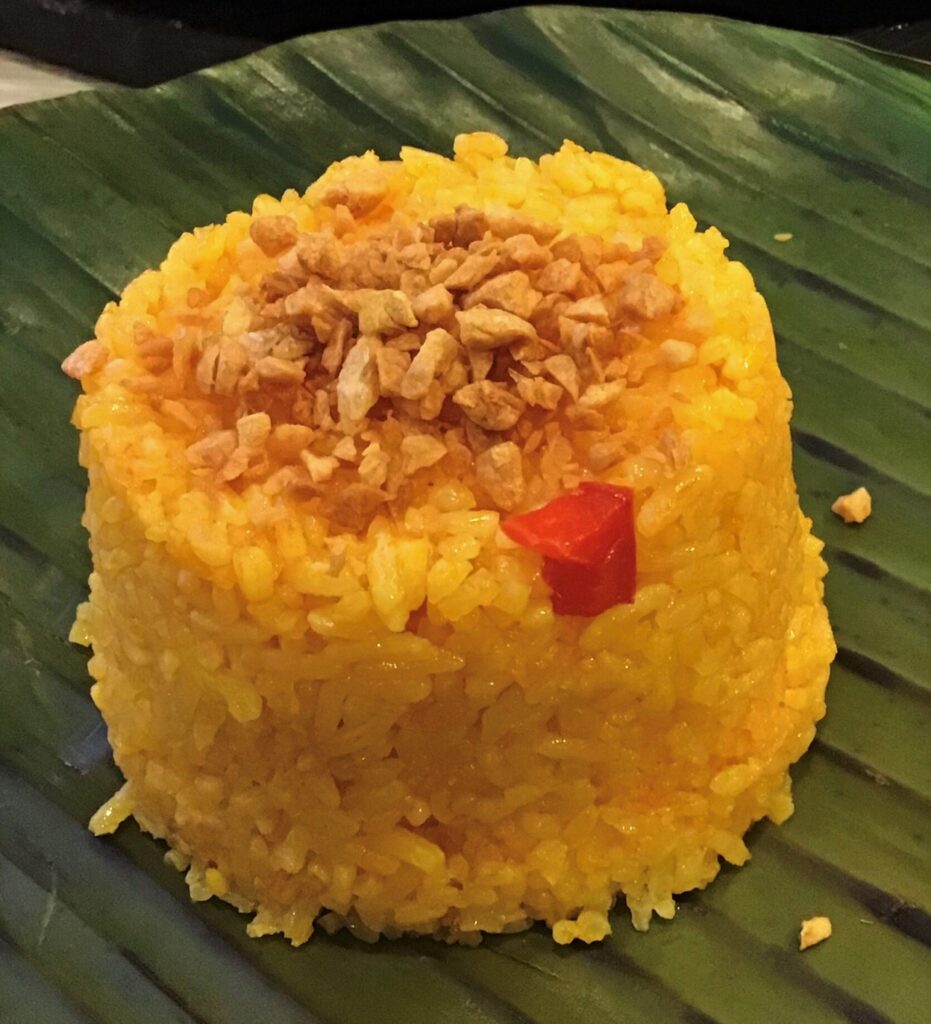Text and Photos by Henrylito D. Tacio
Additional Photo: IRRI
For every peso, Filipinos spend on food, studies show, 20 centavos go-to rice. “If we did not have rice, our deepest comfort food, we would probably feel less Filipino,” the late food columnist Doreen Fernandez once said.
Unknowingly, only the green parts of the rice plants – and not the grain! – contain the vital precursor of vitamin A (beta-carotene). This is the reason why vitamin A deficiency (VAD) is so widespread in the country and other parts of Asia, where rice is the principal staple food.
The most recent data about vitamin A deficiency (VAD) in the country comes from the Food and Nutrition Research Institute (FNRI), a line agency of the Department of Science and Technology (DOST). In its 7th National Nutrition Survey, done in 2008 yet, VAD affects 15.2% of children aged six months to 5 years.
“VAD is a leading cause of preventable blindness in children and increases the risk of disease and death from severe infections,” the World Health Organization (WHO) claims. “In pregnant women, VAD causes night blindness and may increase the risk of maternal mortality.”
The Geneva-based UN health agency estimated between 250,000 to 500,000 vitamin A-deficient children becoming blind every year, half of them dying within 12 months of losing their sight.
Several studies have also shown that providing adequate amounts of vitamin A can reduce overall child mortality from common illnesses (including measles, severe pneumonia, and persistent diarrhea) by 23-24%.
Until now, these deficiency symptoms could be only partially remedied by food supplements or vitamin and mineral enriched foods. But here’s one good news: scientists have created a strain of genetically altered rice to combat vitamin A deficiency.
The “golden rice,” as the media calls it, contains three genes transplanted from daffodils and bacteria that allow rice plants to produce kernels containing beta-carotene, a compound that is converted to vitamin A in the human body.
Laboratory tests indicate that the plants can provide enough beta-carotene for the body to manufacture the recommended dietary allowance of vitamin A from a daily ration of rice.
“Given how much of the world eats rice every day, this could have a huge impact,” Dartmouth College plant geneticist Mary Lou Guerinot said.
Contrary to what the opponents claim, golden rice is “as safe as conventional rice.” This was the finding issued by the Bureau of Plant Industry (BPI) “after rigorous biosafety assessment.”
So much so that the line agency of the Department of Agriculture (DA) has finally been issued a biosafety permit for golden rice for direct use as food and feed or for processing (FFP) in the Philippines.
The DA-BPI has agreed with the earlier results that golden rice is safe for human consumption. In 2018, golden rice received three successive positive food safety evaluations from leading regulatory agencies: Food Standards Australia New Zealand (on February 22), Health Canada (on March 16), and the United States Food and Drug Administration (on May 24).
“With this FFP approval, we bring forward a very accessible solution to our country’s problem on vitamin A deficiency that’s affecting many of our pre-school children and pregnant women,” said Dr. John de Leon, the executive director of the Philippine Rice Research Institute (PhilRice) in a statement that was quoted by a national daily.
Dr. Matthew Morrell, the director of the International Rice Research Institute (IRRI), was likewise very ecstatic as golden rice can be a potent tool against serious public health problems. “This is the core of IRRI’s purpose: to tailor global solutions to local needs,” he said.
Both PhilRice and IRRI are committed to carry out the completion of golden rice development and satisfy all regulatory requirements under the Join Department Circular No. 1, series of 2016 to have well-documented, science-based evidence on the safety of golden rice.
The first-generation of golden rice was first tested in advanced field trials at the IRRI fields at Los Baños, Laguna, in 2008. The second-generation of selected varieties was field-tested in the wet season of 2010. At the PhilRice, confined field trials of advanced lines were conducted in February to June 2011.
“The field trials are an important step in evaluating the performance of golden rice and to determine if it can be planted, grown, and harvested just like other popular rice varieties,” PhilRice said. “These trials are also part of the safety assessment of golden rice.”
The FFP approval is the latest regulatory milestone in the long journey to develop and deploy golden rice in the country. “With this approval, PhilRice and IRRI will now proceed with sensory evaluations,” IRRI said in a statement. This simply means Filipinos will finally know the answer to the questions they have been asking: “What does golden rice taste like?”



